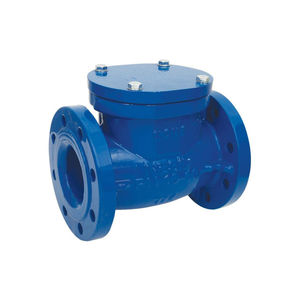
Fire hydrant
Add to favorites
Compare this product
Description
These are hydrants with two outlets (optionally with 3 outlets) on the ground, which are used to take water with a hose in pressurized water networks. It consists of the shaft that controls the hydrant valve, the spring-loaded valve (check valve) that acts as an automatic drain, hose connection fittings and casting parts that make up the main body. With the help of the hydrant switch, the shaft is controlled and the opening and closing process is realized. When the shaft is turned counterclockwise, the drive tube moves downwards. Thus, the valve parts in the body move down and the hydrant is opened. When the shaft is turned clockwise, the hydrant is closed. The valve closes in the direction of water flow. Thus, the sealing of the valve under pressure in the system is increased. This system creates a turbulence-free and linear flow, reduces pressure loss, prevents vibrations and extends the life of the hydrant. This allows water to be sprayed over greater distances. The hydrant must be closed, especially in cold weather, in order for the valve to drain the water in the hydrant. The spring-loaded valve opens automatically as there is no pressure and drains the water from the valve.
Catalogs
No catalogs are available for this product.
See all of STURDY MACHINE‘s catalogsRelated Searches
*Prices are pre-tax. They exclude delivery charges and customs duties and do not include additional charges for installation or activation options. Prices are indicative only and may vary by country, with changes to the cost of raw materials and exchange rates.













